Particularly high safety standards apply when it comes to the production, storage, processing and preparation of food. These involve keeping food and drink as free as possible from all germs and harmful pathogens, and this can only succeed if every stage is monitored. Temperature and humidity in the storage rooms must be permanently monitored. If there are discrepancies, immediate action is needed to protect consumers and provide them with safe food. Not only is it important for all products to carry appropriate labeling indicating their origin or special storage and preservation measures, but it is also important, for example, that the cold chain is maintained without interruption. This must be verifiable in the interests of food safety. This is not possible with a simple thermometer. It requires modern temperature data loggers that record the measured data. Thanks to wireless connections, you can now even monitor cold rooms without any cable connections. The measured data can be read conveniently and independent of location via the cloud software.
In the context of food safety, the entire cold chain must also be verifiable, and it must also be possible to monitor transportation on a constant basis.
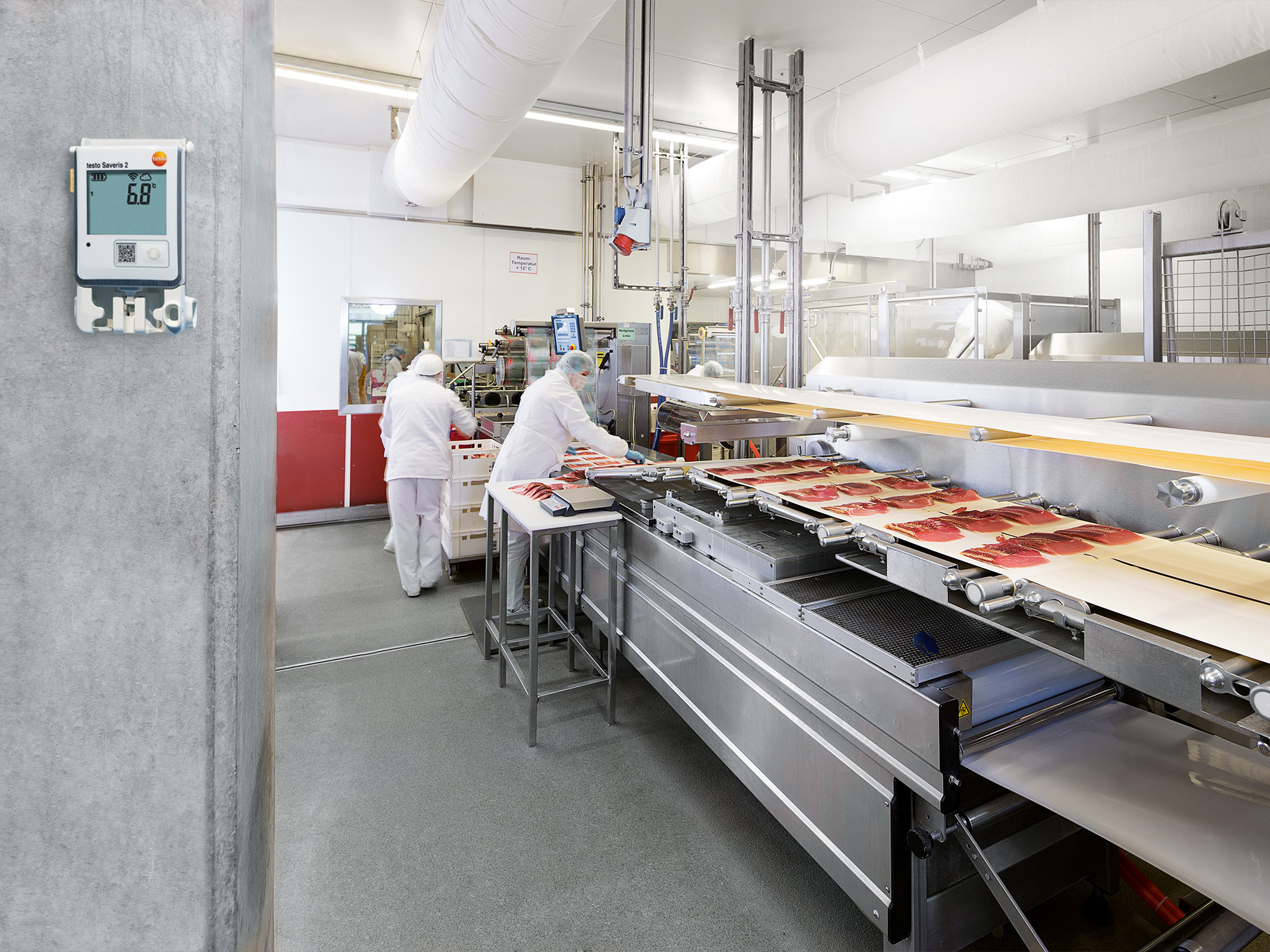
The following guidelines of the HACCP concept are traceable and verifiable using the measuring instruments for food safety:
- Hazard analysis
- Identification of critical control points
- Introduction and application of a monitoring system
- Implementation of corrective measures in the event of deviations from the limit values
- Implementation of evaluation measures
- Preparation of documentation
Consumers: Protected by food safety measuring instruments

Consumers should be able to rely on the fact that the consumption of food is not harmful to their health but is beneficial to it. Without firm food safety measures in place, it would be more a matter of pure luck if no germs were to cause illness when consuming different foods. Sensitive food types in particular, which require permanent refrigeration and react to even the slightest interruption of the cold chain with spoilage and an explosive increase in germs, would result in complaints from consumers. It is relatively simple to ensure that food and drink are safe.
Health and food safety go hand in hand
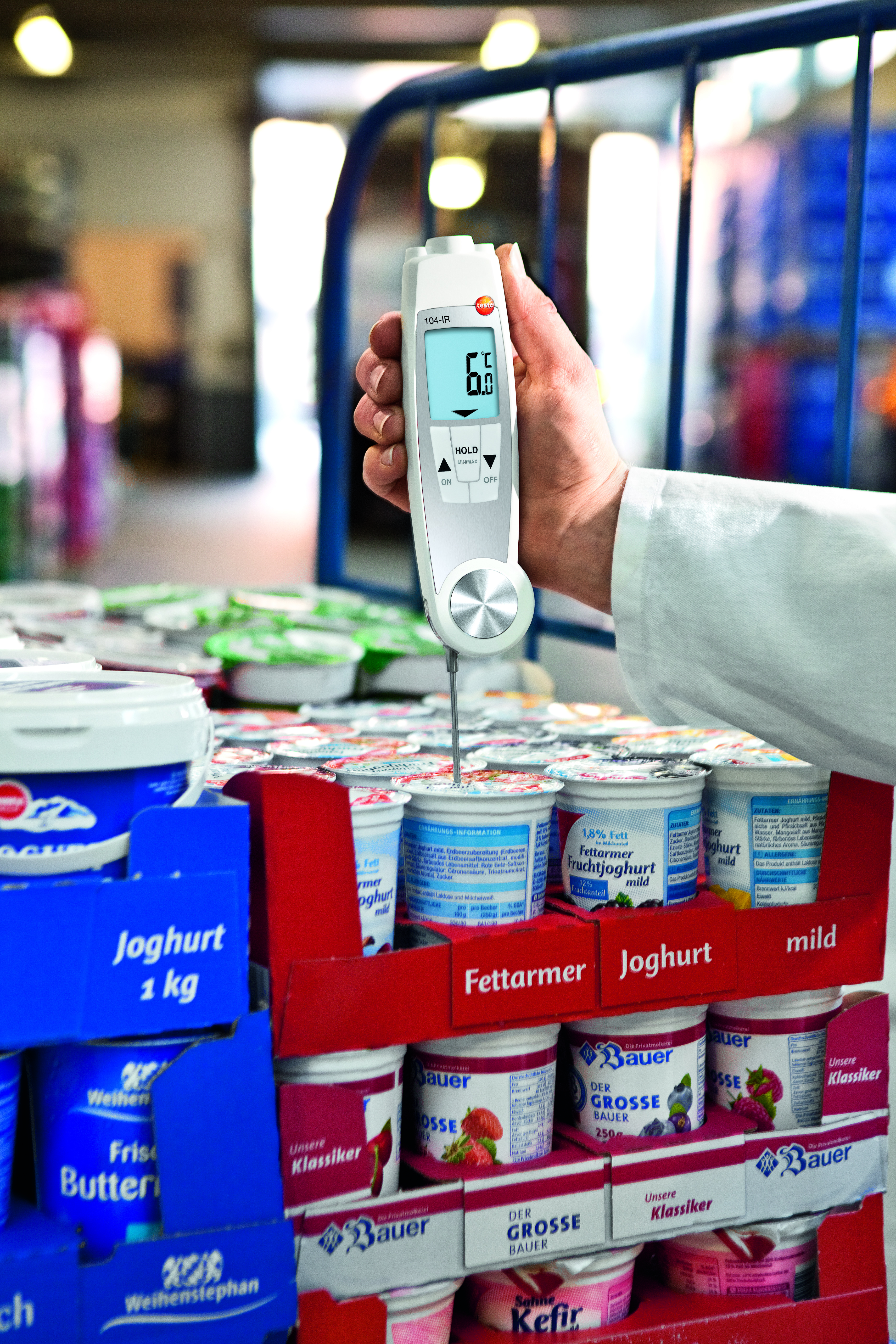
Food safety plays a major role in the production, storage and processing of food. In this respect, numerous legal requirements have to be complied with, and various limit values and recommendations have been issued. The HACCP guidelines mentioned are just one example of concepts designed to contribute to a greater level of safety in the food sector. Food safety is assisted by Testo’s measuring instruments, among others. Thermometers that measure the core temperature of food in the form of penetration thermometers are just one example. Another example is pH measuring instruments, and Testo cooking oil testers also make an important contribution to food safety.
Safety and efficiency
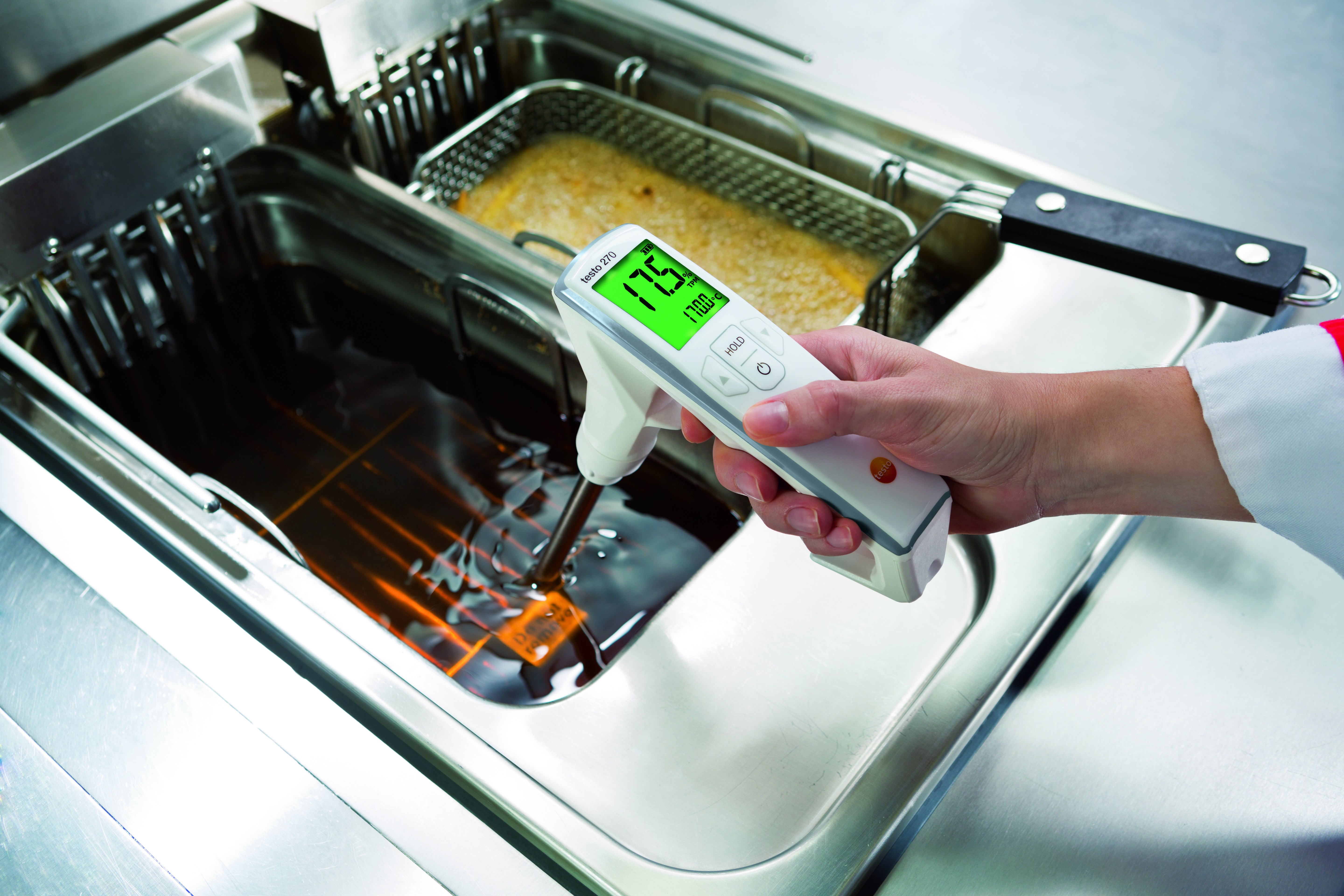
Food monitoring should not only be possible without gaps, but it should also be efficient. The aforementioned cooking oil testers are consistent with this. These make it possible to check the cooking oil, so it no longer needs to be disposed of “just in case”. Only when it is no longer acceptable from a health point of view is it replaced by new oil. This prevents the unnecessary changing of used oil. In general, food safety measures need to be consistent with the necessary efficiency and economy within a company, and Testo’s measuring instruments can really help with this.
Food monitoring: Also possible at home
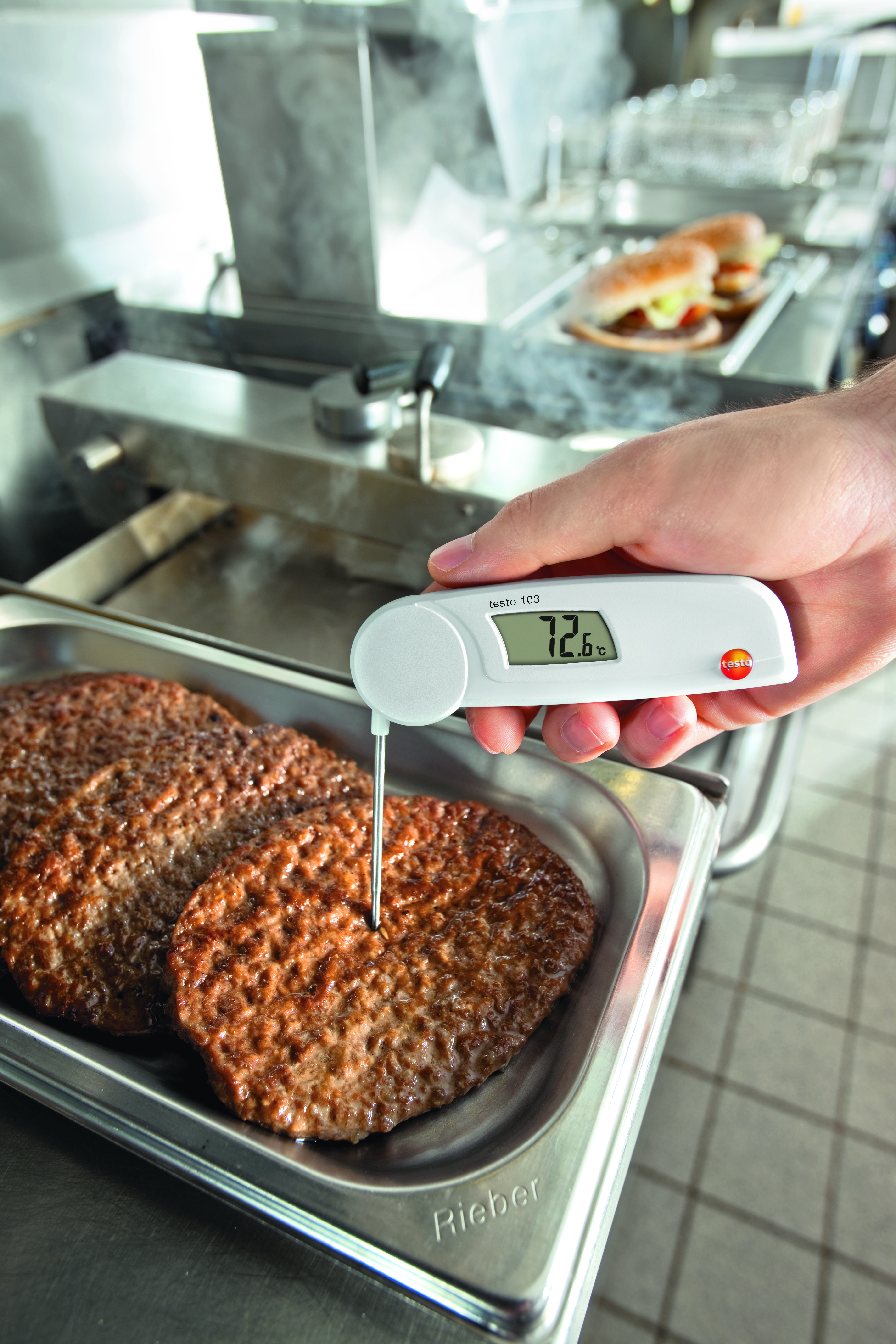
Complete food safety needs to not only be guaranteed by the producer, purchaser and processor but it can also be applied at home. Here, thermometers for insertion come into play, and these indicate the core temperature of food. For example, when roasting meat and needing to ensure that the right temperature is attained inside it, private users as well as professional restaurateurs can make use of a penetration thermometer. However, Testo’s model is not only suitable for checking solid foods, but can also be used to measure the temperature of liquids. The advantages are as follows:
- Safe preparation at a sufficiently high temperature
- No destruction of the cooked food
- Accurate and fast measurements possible.
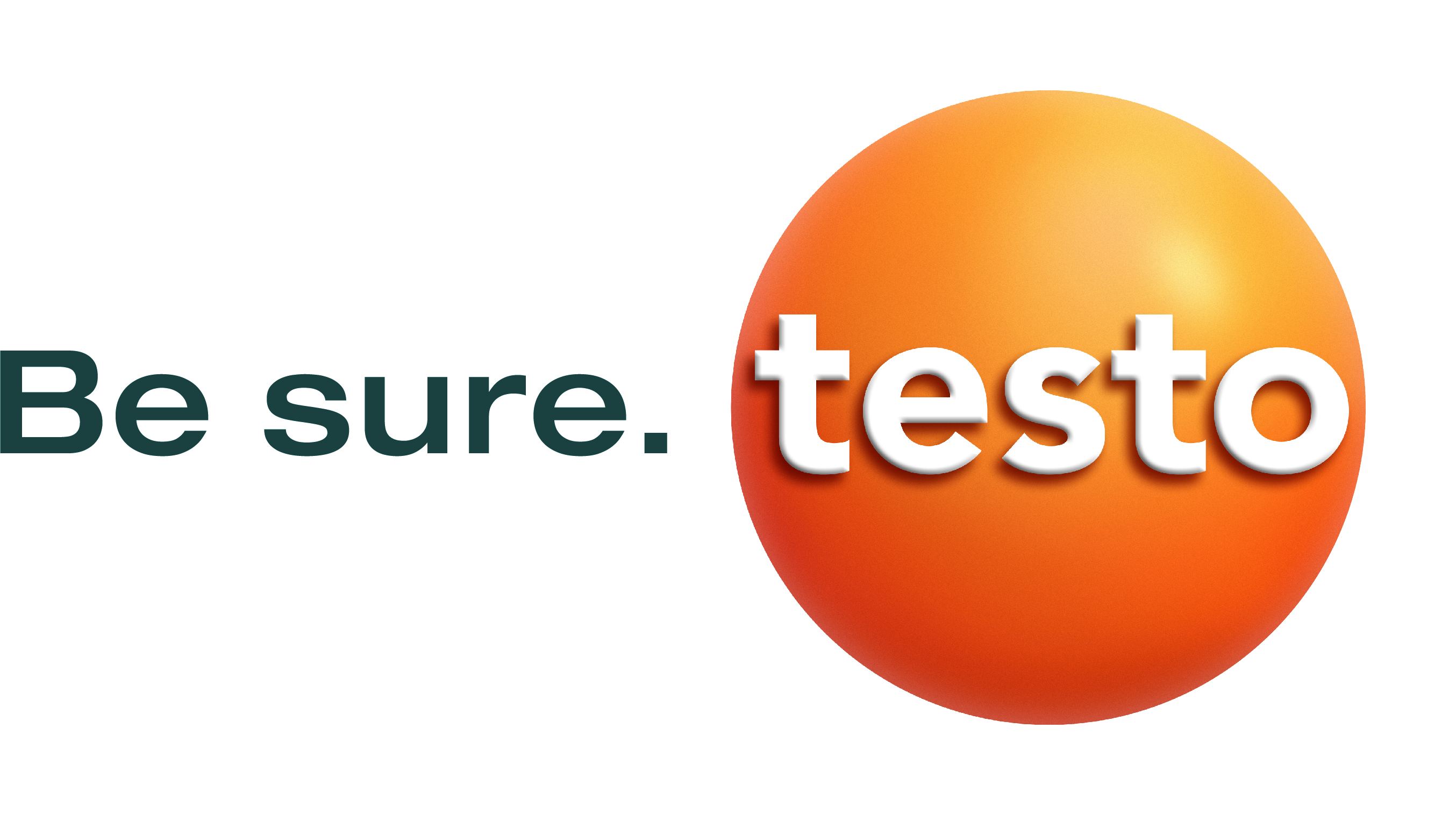
For more information visit testo.









